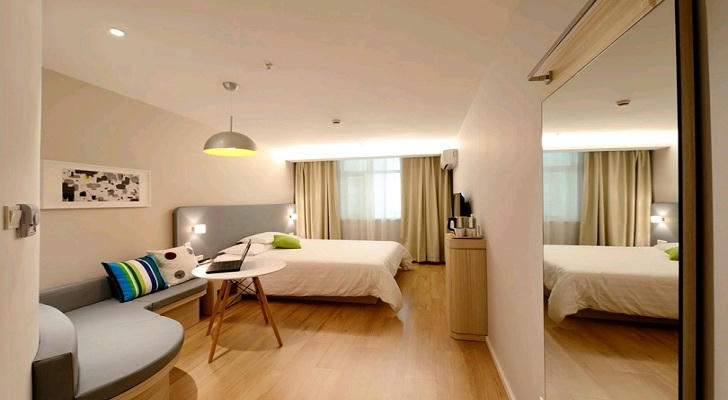Where to Find Rent Under $500 Per Month? The Complete 2025 Guide to Affordable Housing
In 2025, rental prices continue to rise across many parts of the U.S., with the average monthly rent surpassing $1,450, putting significant pressure on working-class individuals, recent graduates, and low-income families. However, this doesn’t mean that "low-rent housing" has completely disappeared. Through low-income housing subsidies, government-funded income-restricted housing programs, and several practical U.S. rental platforms, you can still legally find rentals for under $500 per month.

1. These Cities Still Have Rentals Under $500—Tested and Confirmed
According to data from Zumper’s Rent Report and AffordableHousingOnline, many cities still offer rentals under $500 per month, especially for those open to living alone or with roommates:
| City/State | Typical Rent Range | Features |
|---|---|---|
| Pine Bluff, AR | $400–$480 | Southern small town; slow but steady housing updates |
| St. Joseph, MO | $450–$495 | Quiet Midwestern city; many private landlords |
| Beckley, WV | $350–$470 | Abundant Section 8-compatible listings |
| Youngstown, OH | $425–$500 | Low cost of living; ideal for single renters |
| Mobile, AL | $450–$495 | Many studios converted from older buildings; pet-friendly |
✅ Most listings are for single-room units or independent rentals. If you opt for shared housing, splitting the rent for a two-bedroom unit can bring individual monthly costs down to around $300.
2. Recommended Platforms: These Websites Specialize in Low-Rent Listings
Low-budget renters don’t need to scroll endlessly. The following platforms are better suited for finding rentals under $500:
- ✅ Zillow Rentals – A mainstream U.S. platform with rent filters.
- ✅ AffordableHousingOnline – Covers Section 8 and government-subsidized housing for low-income individuals.
- ✅ Craigslist Local Sites – Updated separately for each city; mostly private landlords.
- ✅ RentCafe – Search for income-restricted housing.
- ✅ Facebook Marketplace – Rich in private sublets, short-term leases, and shared housing, ideal for local, temporary needs.
3. Want to Rent Faster? Remember These Three Tips
Prioritize "Government-Restricted" and "Income-Limited" Housing
Unlike market-rate listings, "income-restricted housing" is designed specifically for low-income individuals and families. Many cities reserve housing for those earning below a certain threshold, with rents far below market rates. For example, search for "low-income housing" or "income-based apartments" on RentCafe and AffordableHousingOnline to locate these listings.
Actively Apply for Subsidy Programs Like Section 8 and LIHTC
The Section 8 (Housing Choice Voucher) program, provided by HUD (U.S. Department of Housing and Urban Development), caps rent at 30% of monthly income once approved. Spots are limited, so apply early.
Connect with Local Community Resources
Many community organizations, churches, or veterans' affairs departments have unlisted housing information. For example, Catholic Charities offers low-income housing assistance in certain states, especially for seniors and those needing care.
4. Real-Life Success Stories: $480 for a Stable Studio
"found an income-restricted studio through RentCafe for just $480 a month, including water, heating, and trash. The place is old but well-located, and I was approved even with no credit score—moved in within a week."
— Anthony R., Pittsburgh, PA
"parents secured a Section 8 rental in Mobile. The original rent was $920, but now they only pay $270 monthly, with the rest covered by the government. It’s been a huge relief."
— Alicia M., Mobile, AL
5. Watch Out for These Scams—Avoid "Fake Cheap, Real Trouble"
❌ Craigslist listings demanding upfront payments – Almost always scams.
❌ Deposits significantly higher than rent – Be wary of illegal brokers.
❌ Listings in unsafe, remote, or high-crime areas – Always verify.
Final Thoughts: Don’t Give Up—Sub-$500 Rentals Are Still Possible
Finding a rental under $500 per month in the U.S. isn’t easy, but by leveraging rental platforms, filtering for income-based housing, applying for government aid, and tapping into local resources, you can still achieve the goal of "affordable, stable housing."